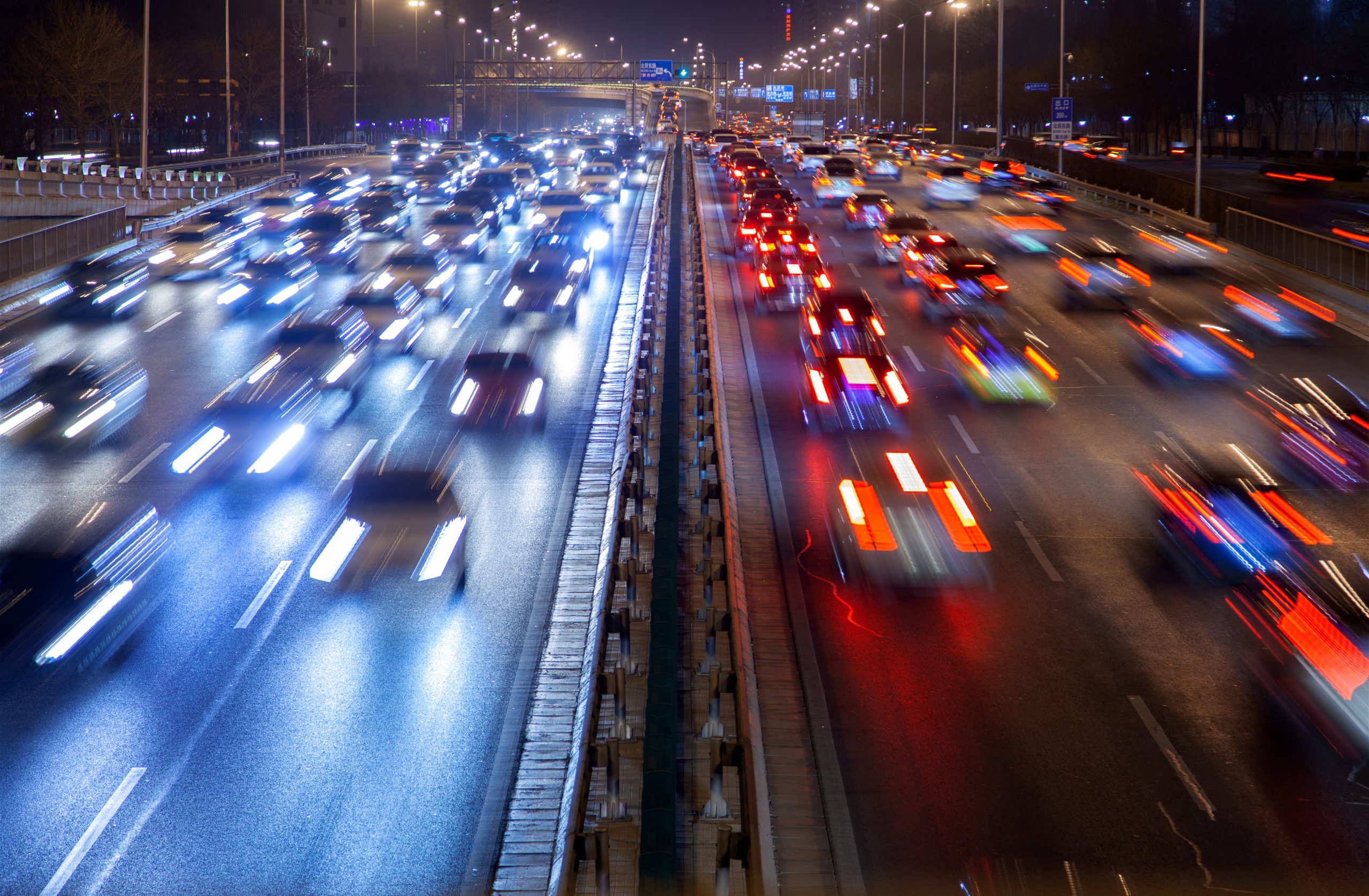The United States has a commuting problem. Well, more realistically we have an infrastructure problem, a suburban sprawl problem, a city planning problem, a car dependency problem, a structural racism problem, and a micromanagement problem all rolled into one big commuting problem spaghetti. Electric cars alone will not solve our ills, we need to focus on untangling the giant ball of mess that we’ve created for ourselves over the last two hundred years or so. It’s not going to be easy, it’s not going to be cheap, and it’s not likely to happen quickly, but we need to make steps in the right direction.
We’re fans of electric cars here, you know, obviously. There are so many things about EVs that make them the ideal car for the vast majority of driving situations. But when it comes to environmental issues related to transportation in this country, they’re more of a Band-Aid or a crutch than a real cure. You may not want to hear that. Hell, I don’t even want to hear that, but it’s the truth.
The main problem that we face as electric cars improve is spelled out in Jevons Paradox. As EVs get better and people begin adopting them on a wider basis, more people will drive and roads become even more congested than they already are. Once roads are too busy, city planners then decide that widening roads is the right move to reduce traffic, and we fall into Braess’ Paradox.

It is an undisputed fact that even the least efficient electric vehicles are better for the environment over their lifetime than even the most efficient internal combustion vehicles. We absolutely need to do everything we can to encourage the global transition to electric or at the very least electrified propulsion. But that can’t be the only thing we do. An electric car still takes up as much space on the road or in a parking lot or street parked as a gas car. We’ve already reached an untenable space problem in many major American cities, and something has to change.

Work, commuting, and housing need to have a rethink.
For one thing, decades of terrible planning, baked-in racism, and NIMBYISM have led to cities all over the country zoning explicitly for single family homes laid out in labyrinthine suburban neighborhoods. Not only does this structure place homes far from the things we need to travel to on a daily basis, like stores and office buildings, but it basically precludes anyone from living a car-free, or at least diminished car centric life. Bike lanes and bus routes don’t exist in these neighborhoods, and everything is too far to walk. Apartment buildings, condominiums, and duplexes are great. Consider trying to find a multifamily home instead of chasing the fake American ideal of a ranch-style house with a lawn and a white picket fence.
As we have seen over the last year, remote work is technically feasible. Not only is the act of building, maintaining, and heating or cooling a massive office building environmentally irresponsible, it’s also incredibly expensive in corporate rents. By offloading these giant concrete monoliths to capitalism, companies can experience greater profits by shifting as many workers as possible to work-from-home. The added impact of reduced commuting and reduced resource use keeping a nonhabitable building at a habitable temperature will surely have an environmental impact. We need to discourage companies from demanding new and large office spaces, as these big concrete and glass buildings surrounded by asphalt parking lots are massive heat sinks trapping energy.
There are things we can do as individuals to reduce our commute impact. Even if you can’t convince management where you work to let you work from home every day in a post-COVID society, perhaps you can convince them that remote work could continue for two or three days per week, with in-person meetings held on Thursdays or whatever. You could also attempt to find a domicile as near to your work and leisure spaces as possible, to reduce the number of miles you travel on the road. Perhaps if your commute gets short enough, a bicycle or e-bike could be employed for the days with nice weather. Obviously not everyone works a job which can be done remote, but consider finding ways to use public transit, or develop a carpooling plan with co-workers.
If you’re stuck traveling by car for your route, by all means try to make as many of your car trips emissions free as possible. Take an electric car to work. If it’s feasible, get yourself some solar panels, and check to see if your power company offers a net metering option and a renewables offset program. If you can make your commute miles as impact-free as possible, that’s how you make a real impact.
Obviously the people like us who will make these sacrifices are not going to make a massive change happen on our own. We need to help our friends, family, and neighbors make these changes as well. If we can exert our influence on our social sphere about how important these moves are, perhaps they’ll make similar moves. But more importantly, corporations understand how we feel when we vote with our wallets. By spending our money on things like renewable energy, solar panels, and electric bicycles, big companies will sit up and take notice, governments will sit up and take notice.
No single person can reset decades of awful infrastructure decisions, but maybe if we band together we can make the world a little bit better. There’s no better time to make these changes than now.

